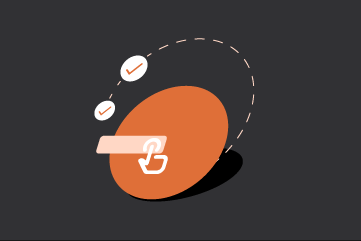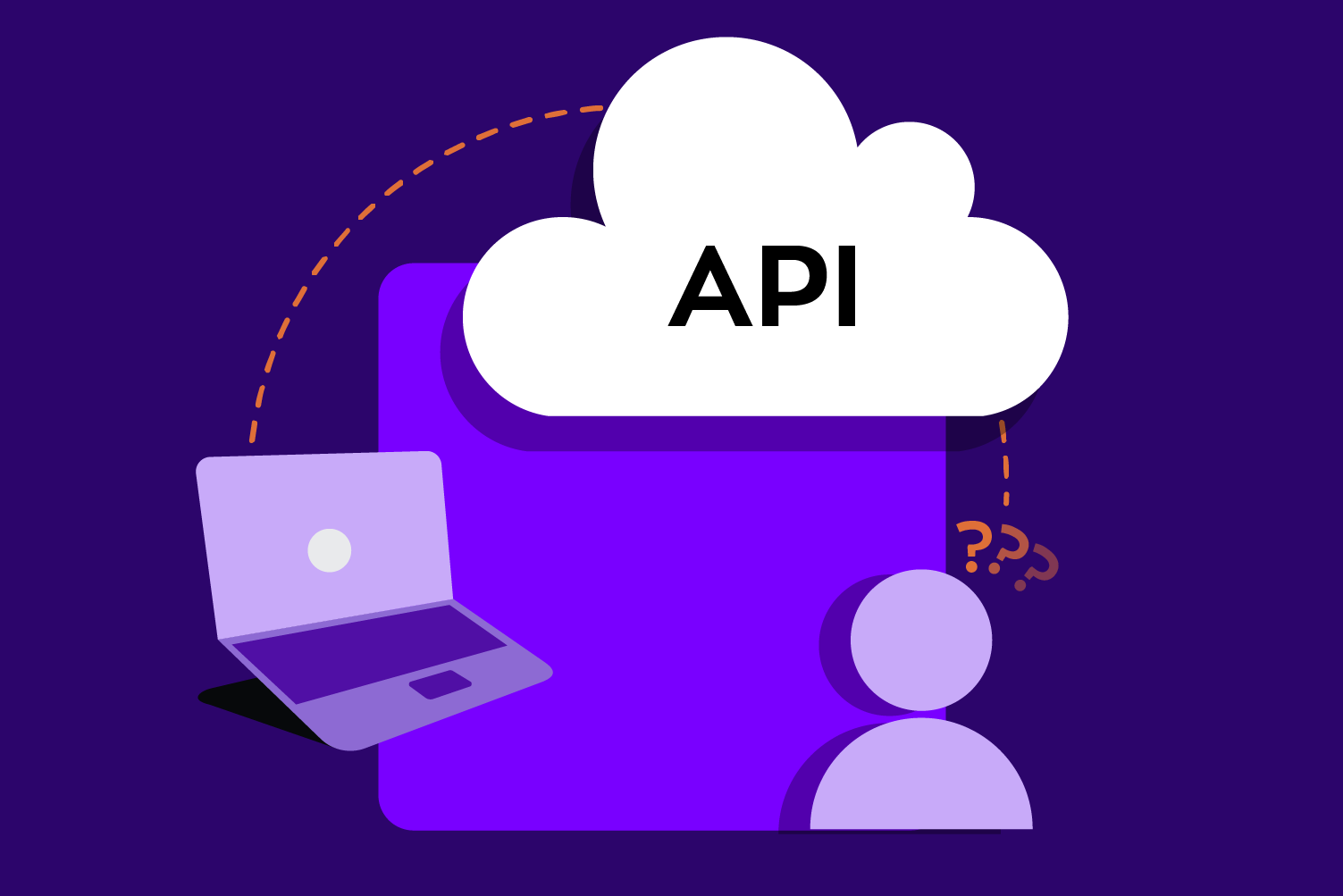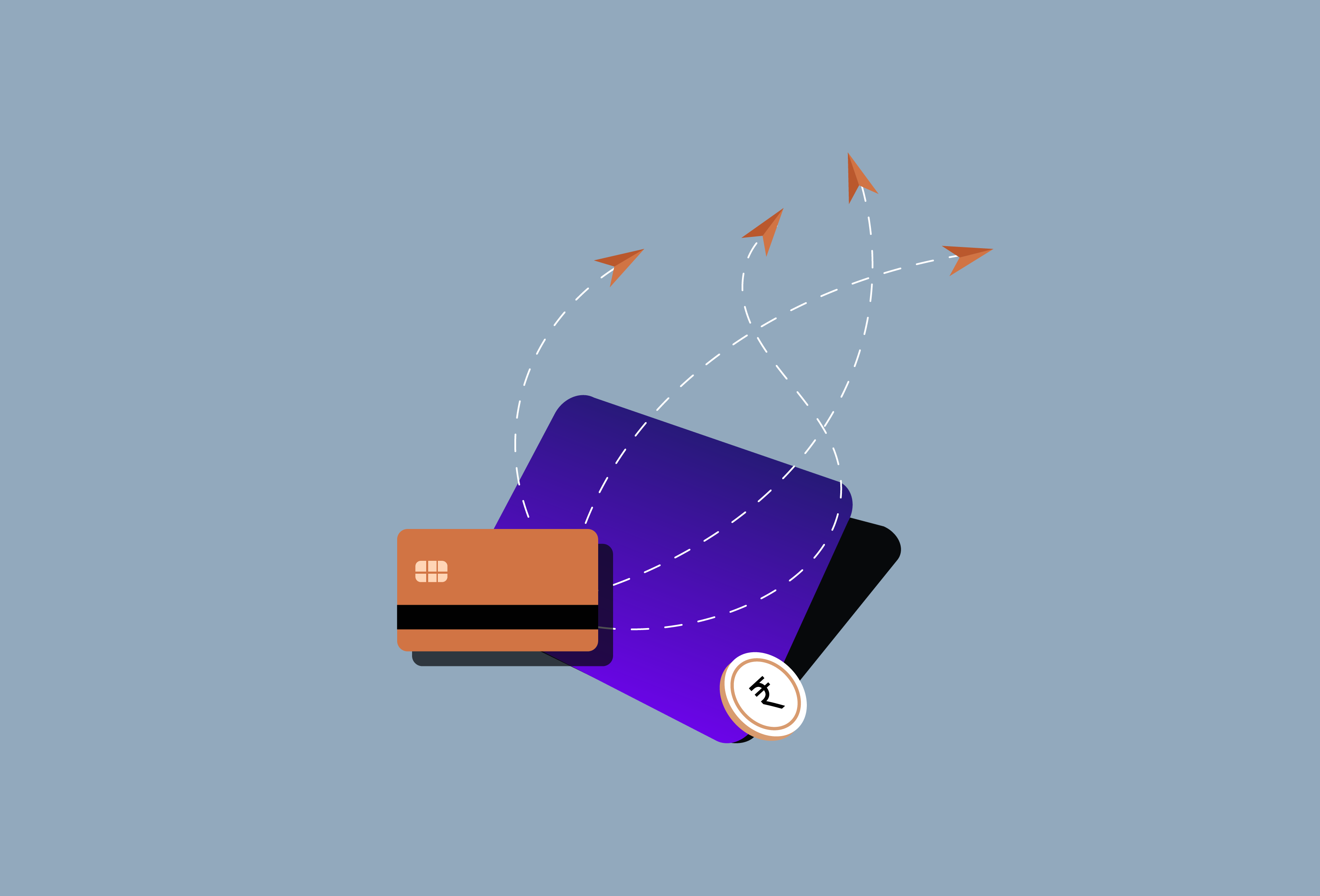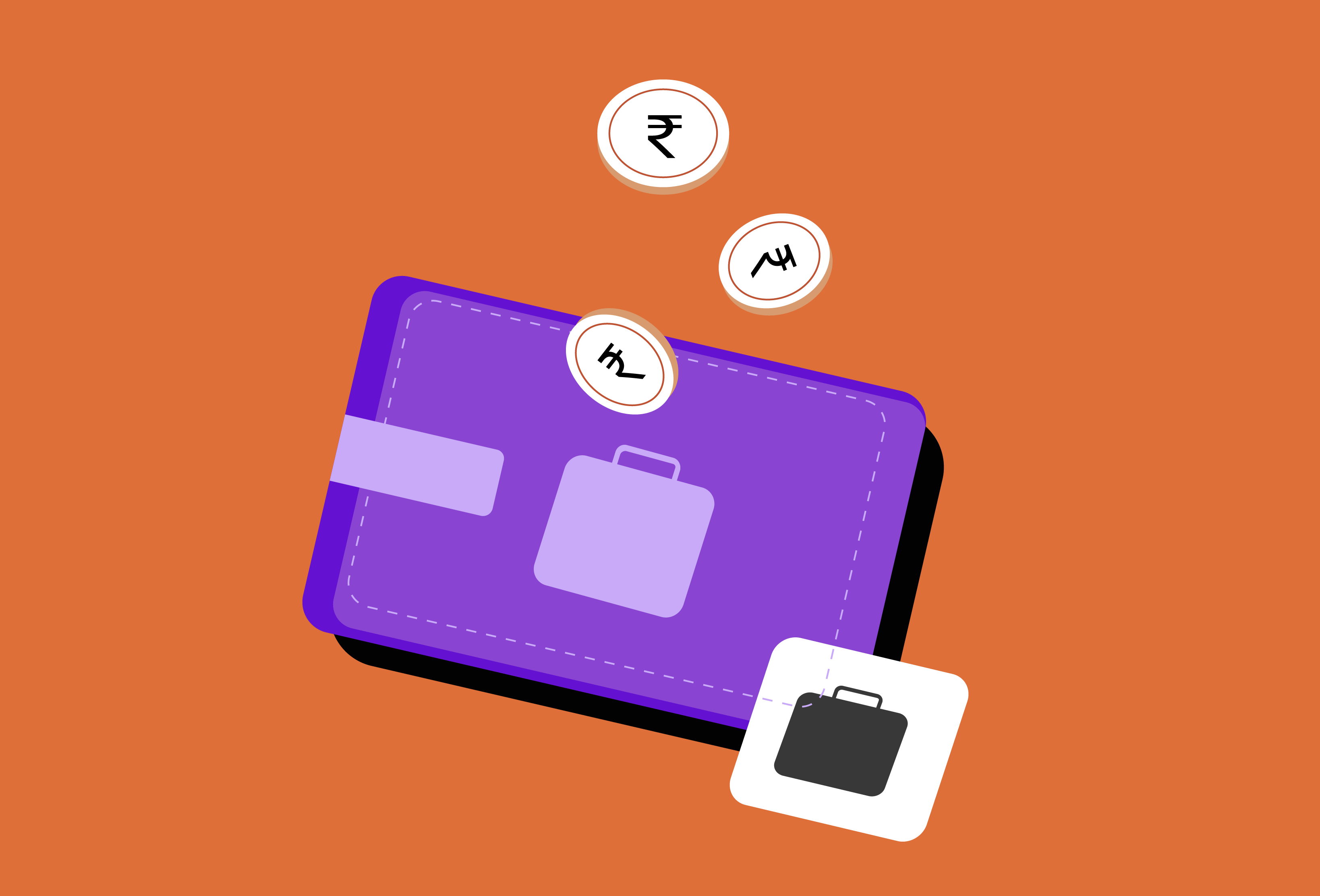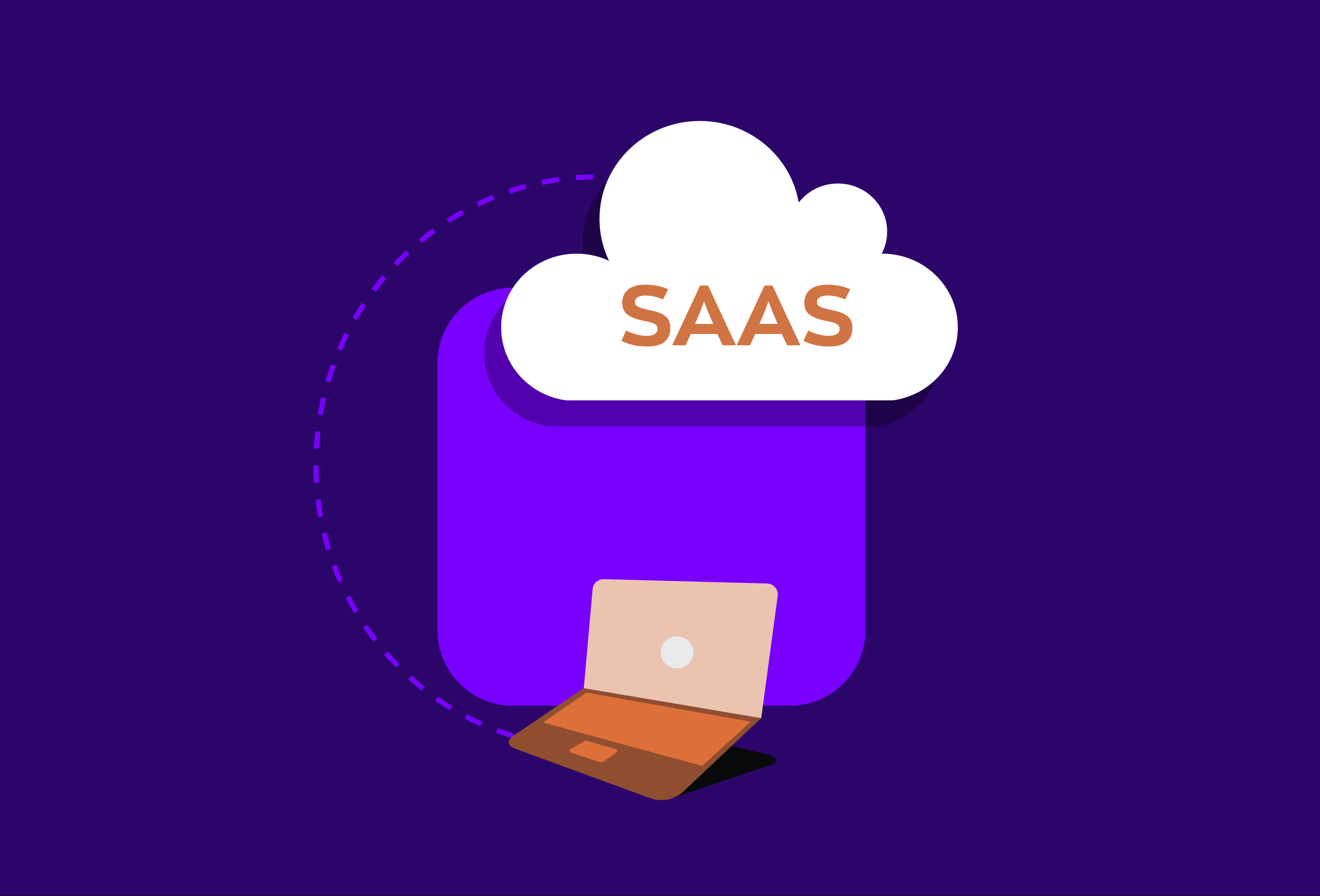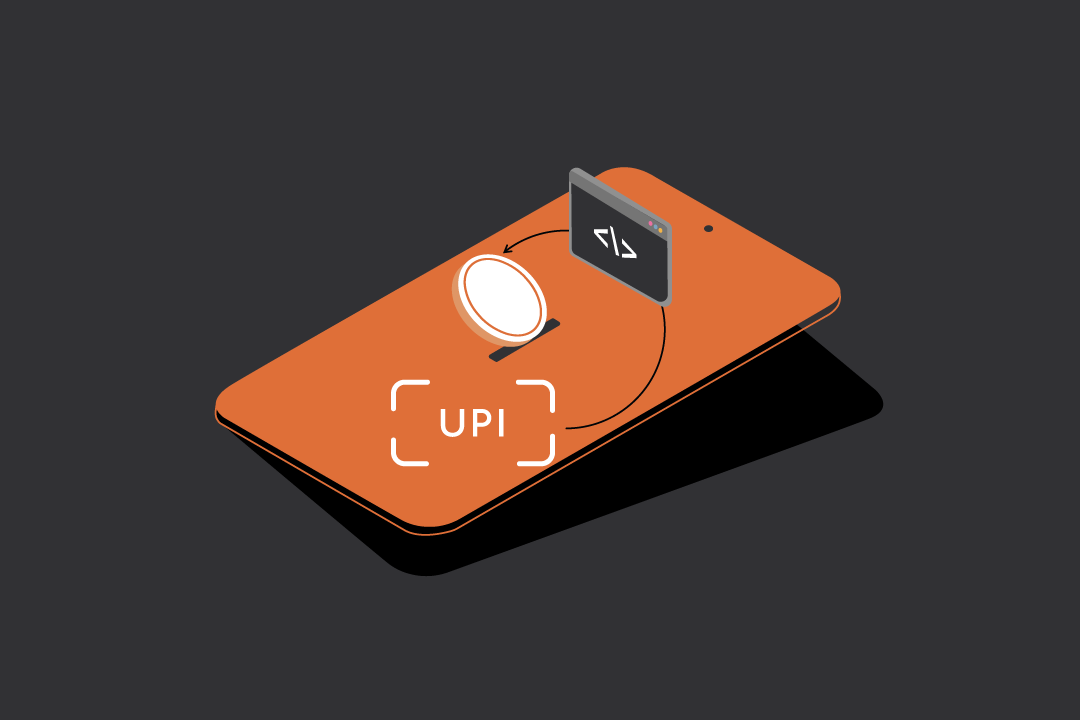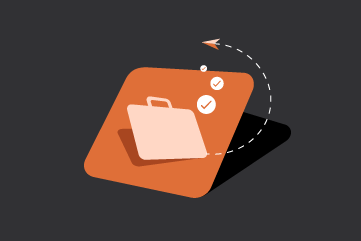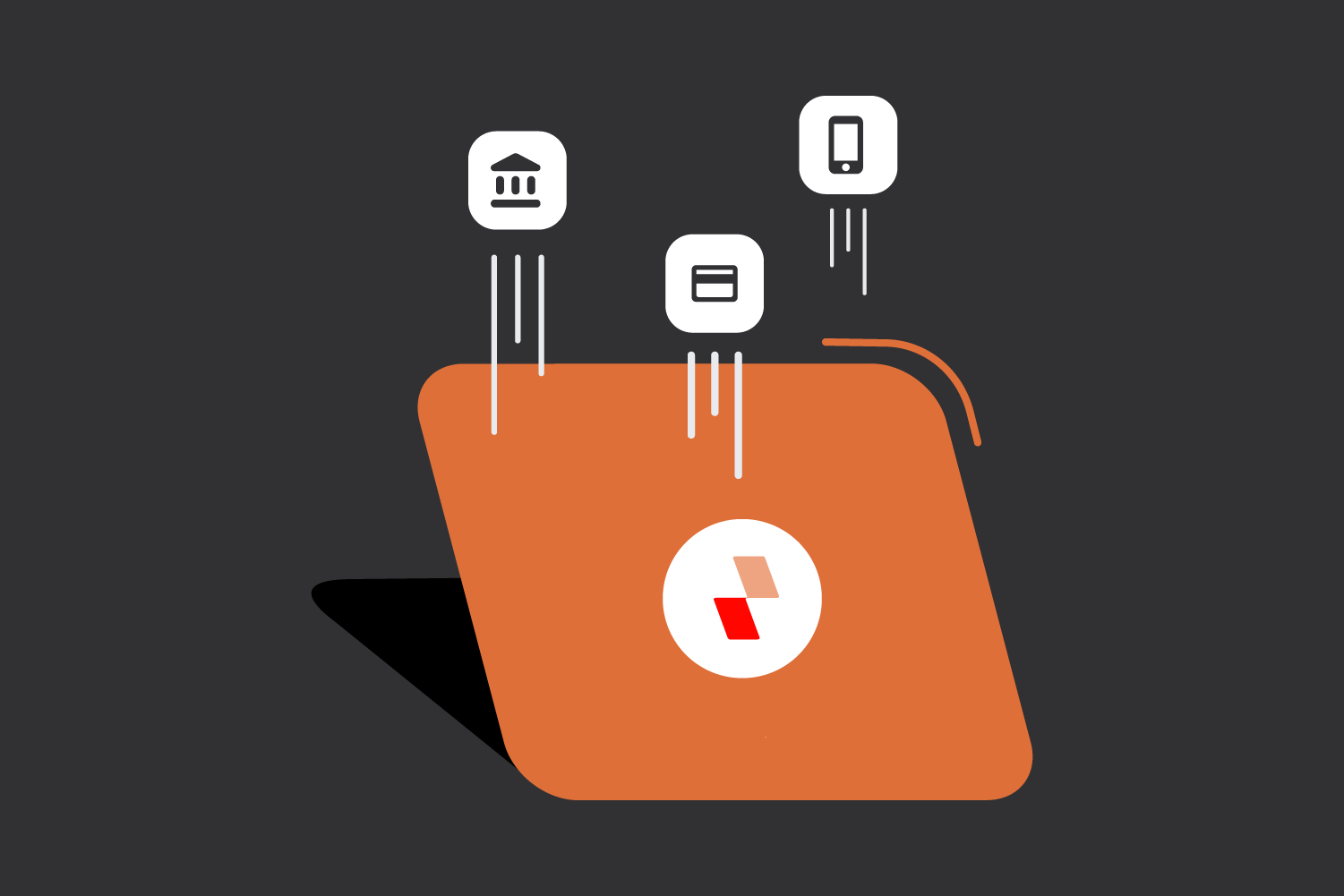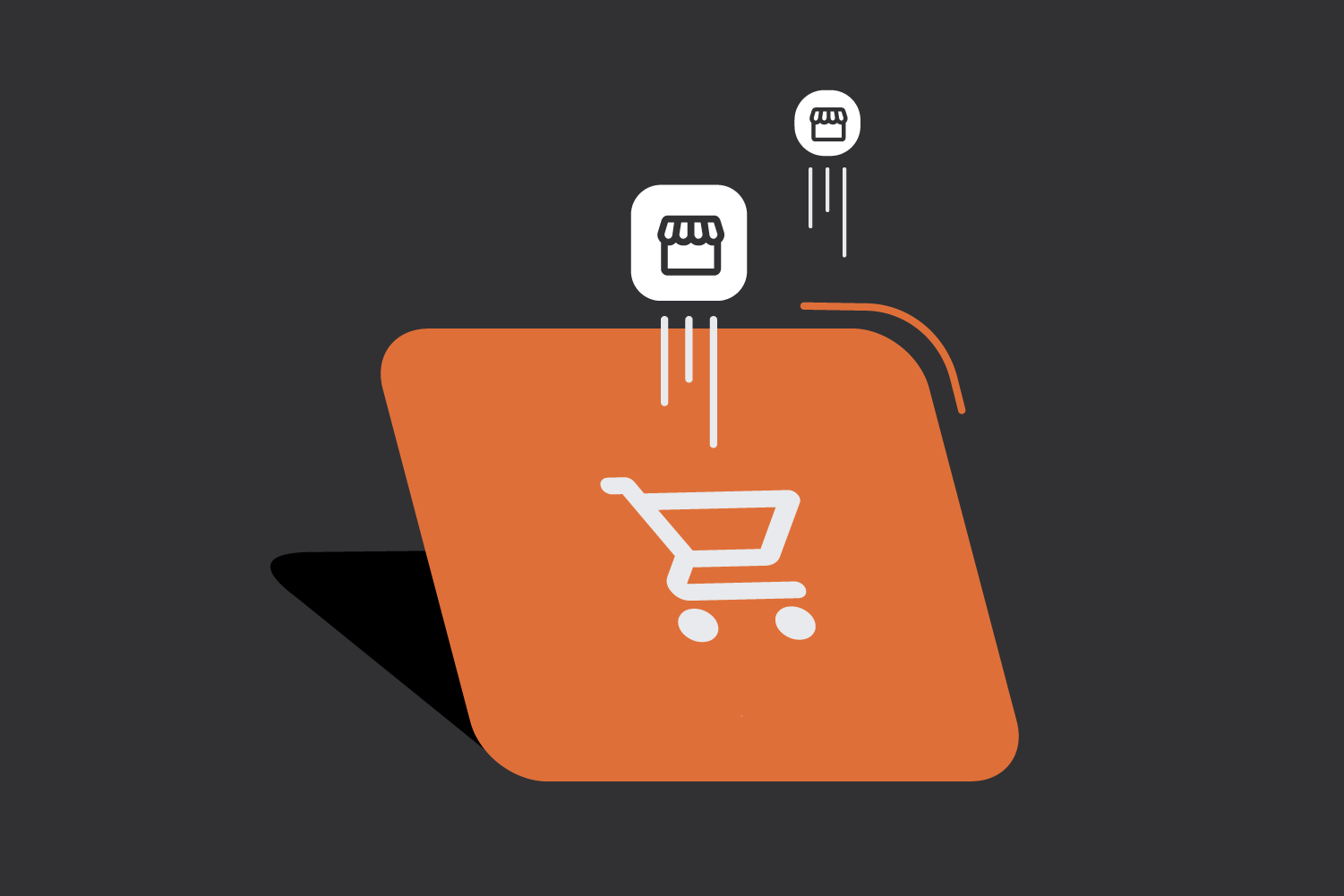Every business, big or small, deals with payments on a regular basis—whether it’s paying suppliers, managing employee reimbursements, or collecting payments from customers. As a business grows, keeping track of all these transactions manually can quickly become difficult and time-consuming. That’s where a payment management system comes in.
In simple terms, a payment management system helps businesses manage the entire lifecycle of payments—sending, receiving, tracking, and reconciling them—in one place. It brings structure to what can otherwise be a messy, scattered process.
What is a Payment Management System?
A payment management system is a digital platform that helps businesses simplify how they handle both incoming and outgoing payments. It centralises payment-related tasks, making it easier to track transactions, manage invoices, schedule payments, and reconcile accounts.
Instead of juggling multiple spreadsheets, emails, and banking apps, businesses can use a payment system to automate and monitor their financial activities with more control and accuracy. It supports various payment modes—like UPI, bank transfers, cards, and wallets—and allows businesses to set clear rules for when and how payments are made.
Key Features of a Payment Management System
Most modern online payment management systems come with a wide range of features to simplify daily financial tasks. Here are a few common ones:
- Invoice Management: Helps businesses keep track of what they owe and what they’re owed, with automatic reminders for due dates.
- Multiple Payment Options: Supports different modes like NEFT, RTGS, IMPS, UPI, debit/credit cards, and more.
- Real-Time Tracking: Gives businesses up-to-date information on the status of each payment—whether it’s pending, completed, or failed.
- Automated Payment Scheduling: Allows businesses to set recurring payments for vendors, salaries, or EMIs, reducing the risk of delays.
- Reconciliation Tools: Matches payments with bank statements automatically, helping finance teams close books faster and avoid errors.
Each of these features plays a role in improving payment maintenance, reducing manual work, and avoiding confusion when dealing with large volumes of transactions. To ensure secure handling of sensitive payment data, many systems also comply with recognised financial security standards such as PCI-DSS and ISO 27001.
Why Does It Matter for Businesses?
Without a proper payable management system in place, businesses often face delays, missed payments, and errors in reconciliation. These issues not only disrupt day-to-day operations but can also impact relationships with vendors, employees, and partners.
Here’s why a payment management system makes a real difference:
- Saves Time: By automating repetitive tasks like payment scheduling or invoice follow-ups, businesses can reduce the time spent on manual processes.
- Improves Accuracy: Fewer manual entries mean fewer chances of errors, which is critical when dealing with money.
- Better Cash Flow Visibility: Having a real-time view of payables and receivables helps in planning expenses better and making informed decisions.
- Compliance and Record-Keeping: Most systems keep a clear audit trail, making it easier during tax filings or audits.
For many businesses, especially those handling payments to multiple vendors or employees, these benefits quickly add up.
Examples of Where It’s Used
The need for a payment management system isn’t limited to large enterprises. Even smaller businesses and startups can benefit from having a clear system in place. Here are a few simple examples:
- Retail Stores: Managing payments to suppliers, transport partners, and utility providers becomes easier when it’s all tracked in one place.
- E-commerce Platforms: Whether it’s settling payouts with sellers or handling customer refunds, a central system helps avoid delays and confusion.
- Service-Based Startups: Freelancers, consultants, or agencies often work with multiple clients and vendors—having a structured payable management process helps them maintain professionalism and trust.
In each case, the goal is the same: smoother operations, fewer errors, and more clarity over finances.
Final Thoughts
Managing payments may seem like a straightforward task at first. But as the number of transactions grows, the risk of errors, delays, and miscommunication also increases. A good payment management system helps businesses stay on top of their finances, freeing up time to focus on growth and strategy.
Whether you’re a startup founder trying to scale your operations or a finance manager in a mid-sized business, the right system can make a noticeable difference. With options ranging from simple tools to comprehensive online payment management systems like Zwitch, finding the right fit for your business needs is now easier than ever.
Getting your payment process in order isn’t just about efficiency—it’s about building a reliable foundation for your business.


